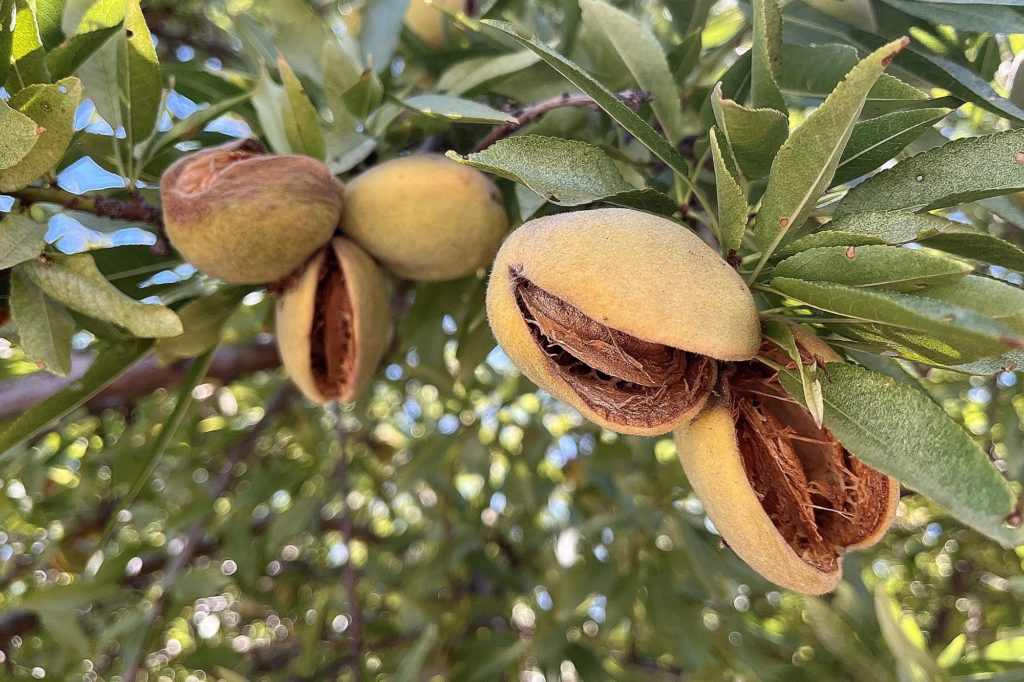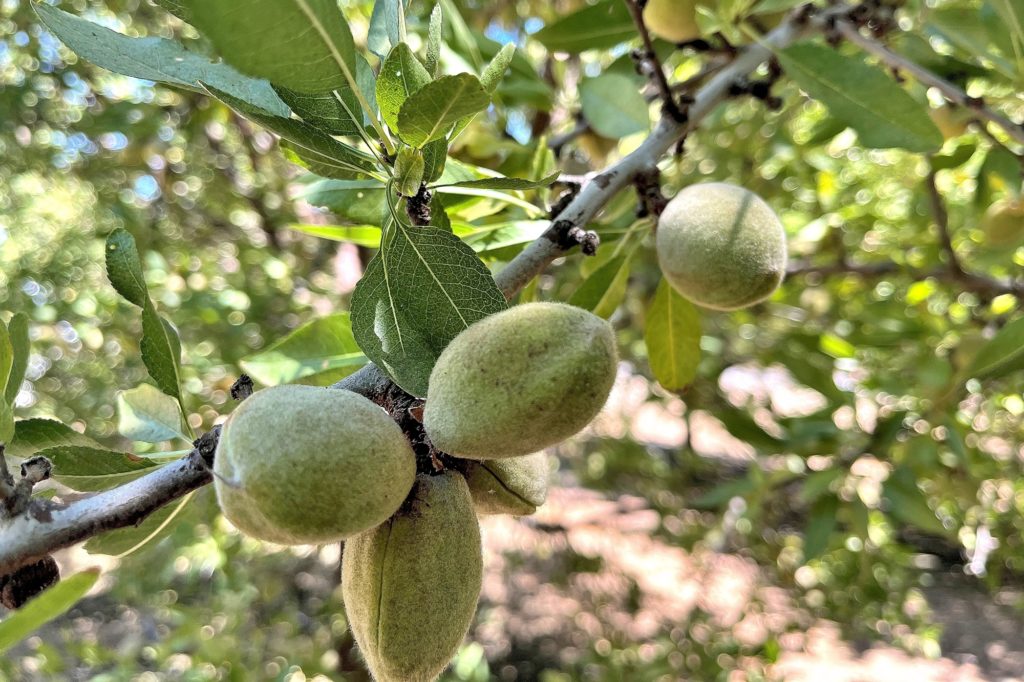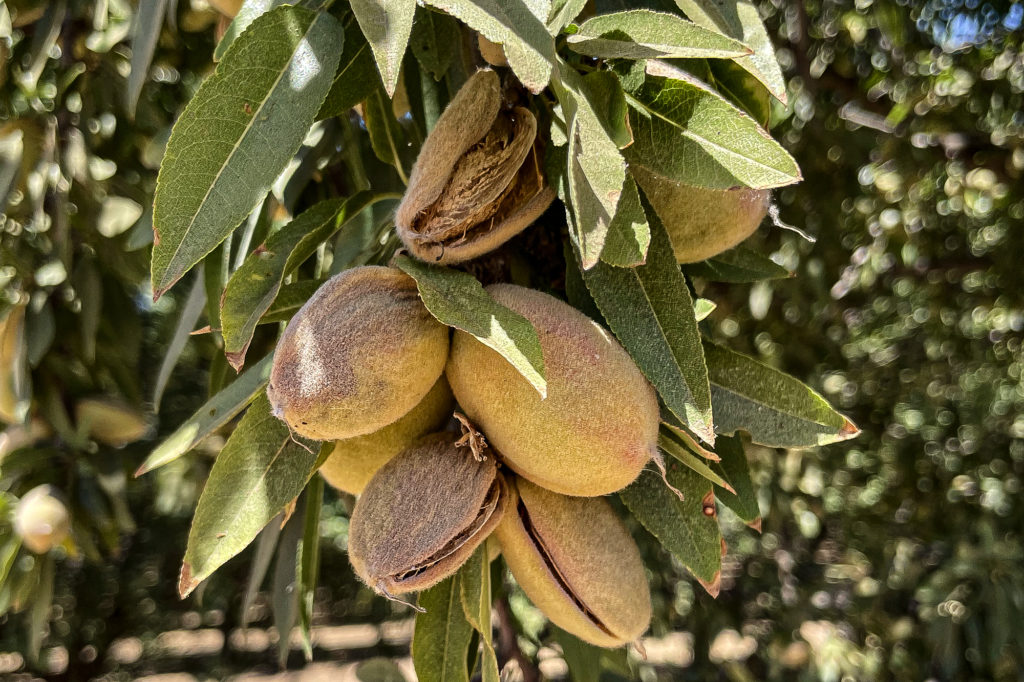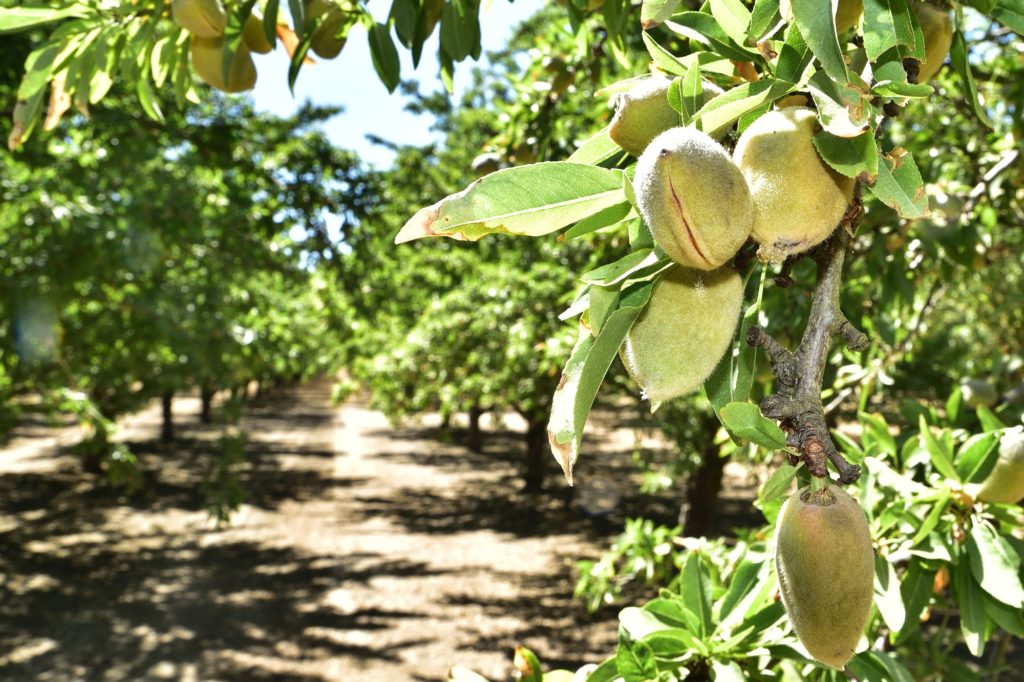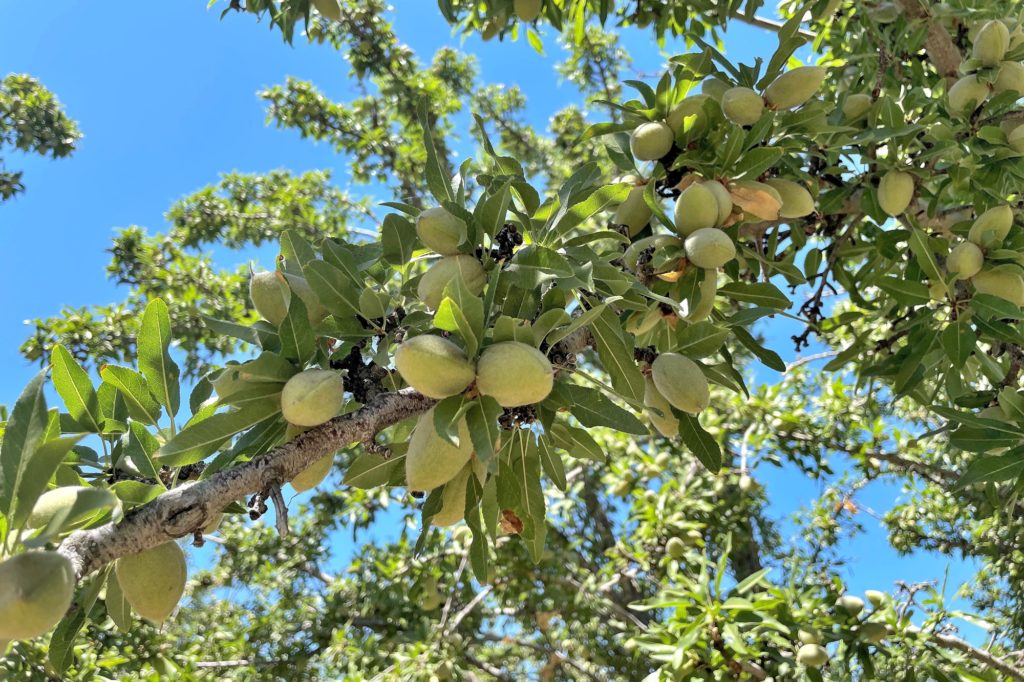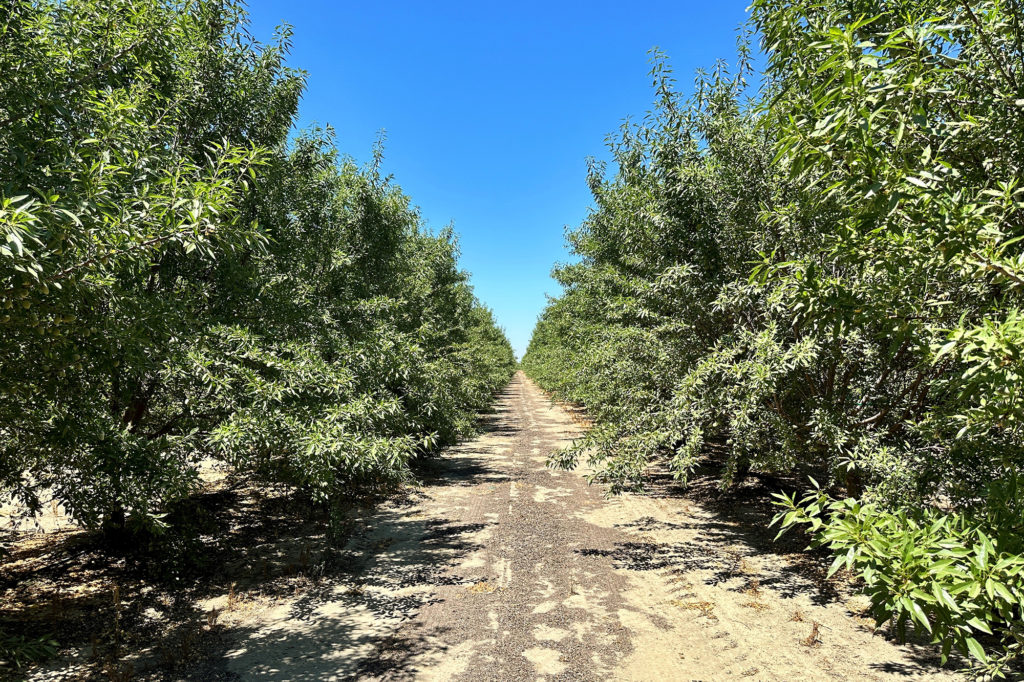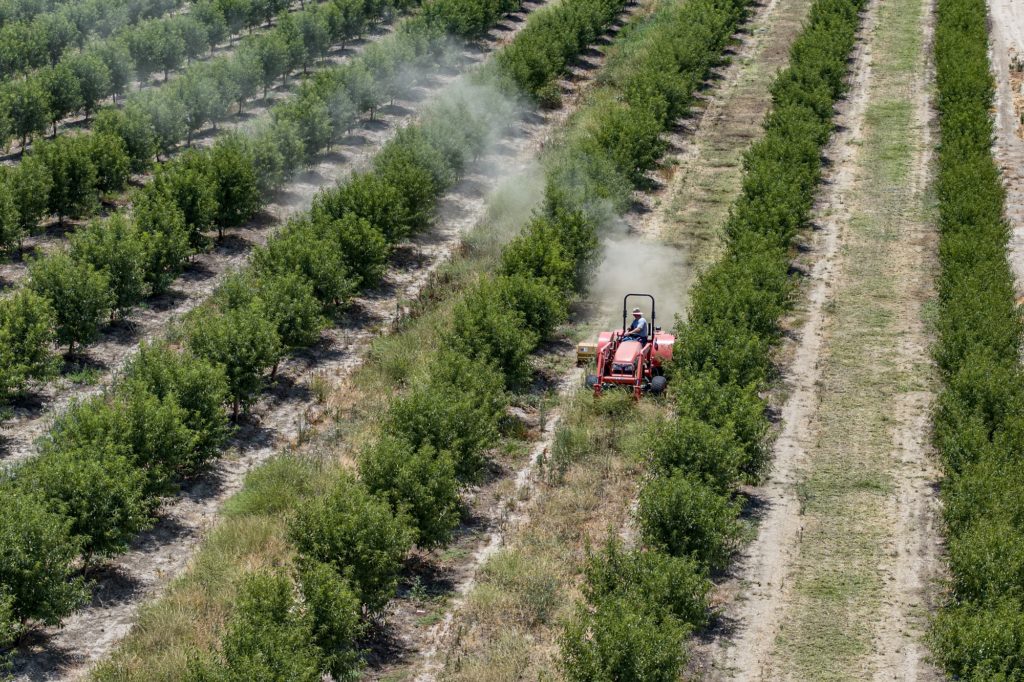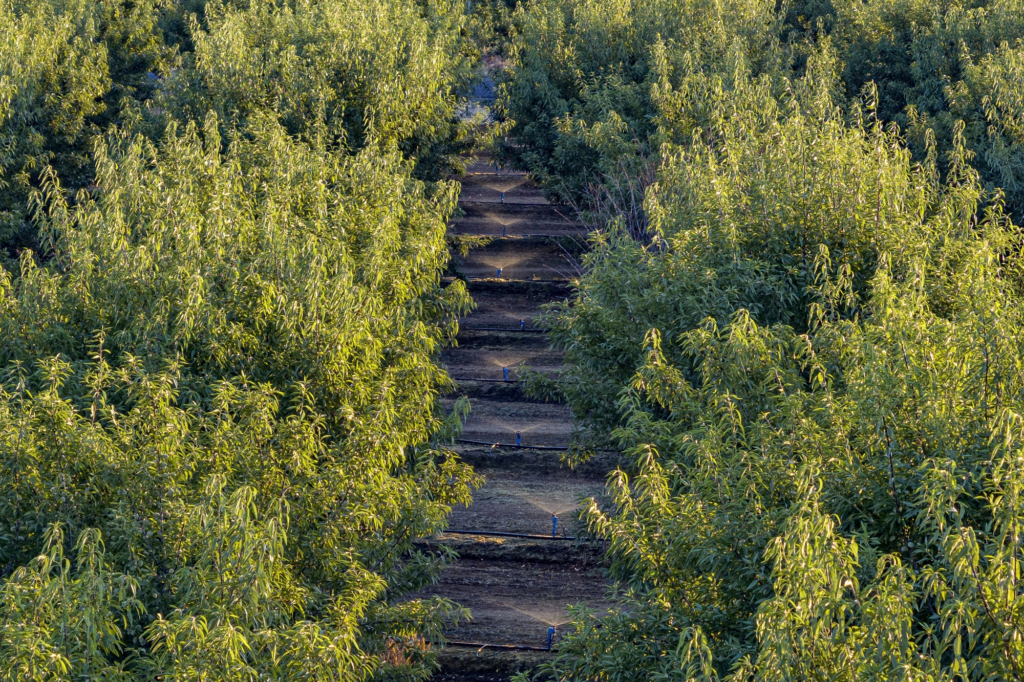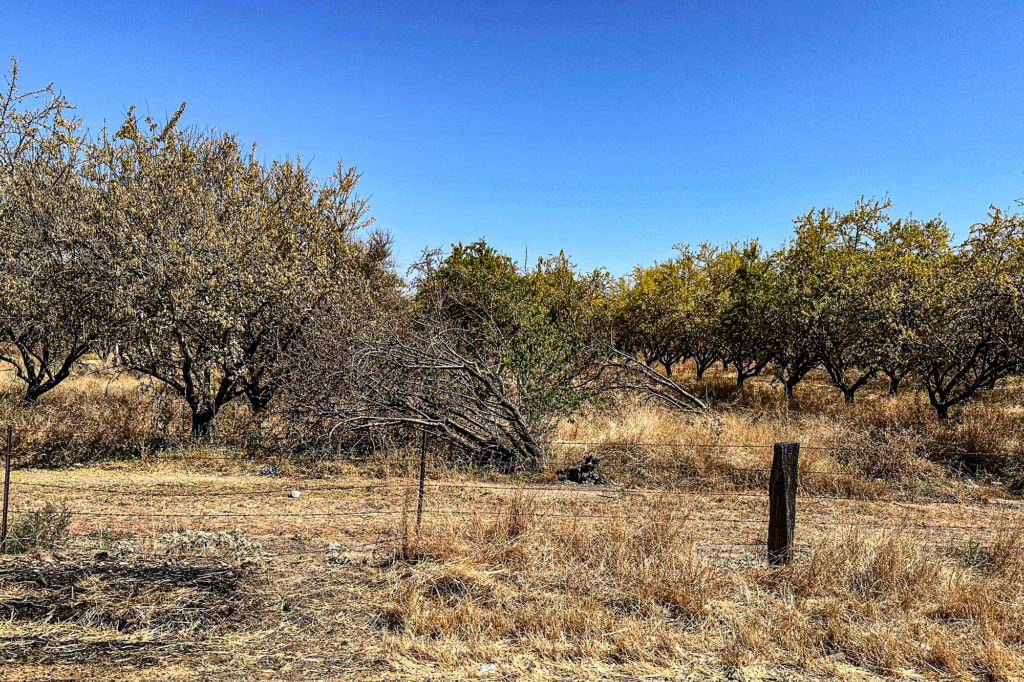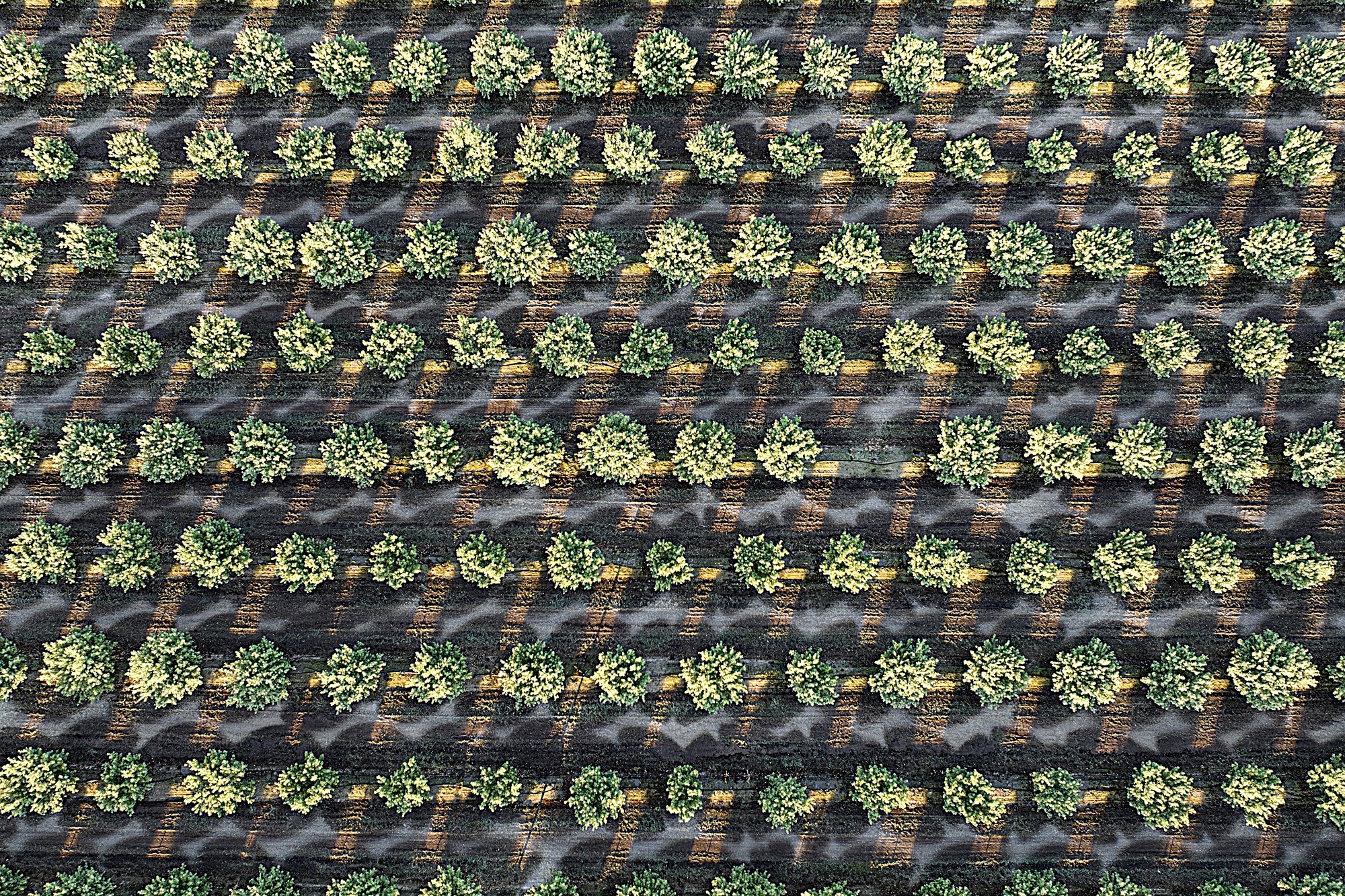
This report covers conditions and observations made between Monday, July 3, and Sunday July 30, 2023. The next scheduled report will be posted on Monday, August 28, 2023. In the event of any significant occurrences prior to that date, this site will be updated as soon as possible.
The brief heat wave that swept across the Central Valley at the end of June served merely as the opening act for an extended period of very hot conditions that lasted through much of July. Following a brief period of comparatively mild days with temperatures topping out in the upper 80’s to mid-90’s, temperatures ranged from the upper 90’s to as high as 110 degrees, from July 10th through the 23rd, before moderating by just a few degrees during the final week of the month. Morning lows offered little respite, following the trend set by the daily highs with the overnight readings on the hottest days remaining upper 70’s and lower 80’s.
The hot conditions that dominated the period complicated grower activities as they worked to provide required water to their orchards while also managing through the start of the hull split on early harvesting varieties.
With the start of the hull split, several operations rise to critical levels:
- Treatments to control Navel Orange Worm (NOW) must be timed to coincide with the beginning of the hull split and are typically made at night for best effectiveness. Growers and Pest Control Advisors have reported rising counts in NOW traps, indicating increasing “pressure” as the number of adult moths capable of laying eggs on the splitting hulls increases.
- Applications of ant bait formulations designed to target almond consuming species must be coordinated with irrigations for maximum efficiency. Water must not be applied for several days after application, giving the ants time to pick up the material and take it into their nests.
- Vegetation management, mowing of excess weed growth within the orchard “middles,” the area between the tree rows must also be completed in order to ensure a clean orchard floor for the harvest.
All of the above must also take into consideration the delicate balancing act growers face with irrigation. Growers aim to reduce irrigation volumes for approximately two weeks at the initiation of the hull split in an effort to reduce impacts of fungal growth on the hull (the practice reduces the moisture level within the splitting hulls, thus reducing the risk of infection by airborne fungal spores). The operations listed above fall within the period where irrigation is withheld. However, with water demand driven by the high temperatures, growers are forced to orchestrate each operation with an eye towards managing water stress and maximizing production. In extreme cases, the heat-imposed stress is nearly enough to effectively impact the incidence of hull rot and even the slightest reduction of irrigation imposes excessive stress on the trees.
The greatest consideration growers are currently facing is the late nature of this year’s hull split, from 8 to 10 days later than last year. Observers are also reporting a very diffuse split with a wide variation in the degree of split within any individual orchard. One observer stated that the “maturity is as inconsistent as the crop load.” The variable maturity matches the prolonged nature of the bloom and is exacerbated by the stresses imposed by the high temperatures. Unfortunately, this provides additional complications as growers work to properly time NOW treatments. Observers are reporting that some orchards are just receiving their first treatment, while others have already had a second application. Some have noted the first signs of split in late-harvesting Monterey and Fritz on end-of-row trees, while trees deeper within the orchards are still sealed tight. The variable maturity promises further challenges in timing once the harvest begins. At a minimum, the 2023 harvest is off to the latest start in memory. As this report was being prepared shaking is yet to begin. Observers are reporting that the most advanced plantings are receiving their final pre-harvest irrigation and shakers may be sent into the earliest blocks along the west side of the San Joaquin and Sacramento valleys during the week of August 7. The majority of growers are saying they will not begin shaking until the week of August 21.
The removal of low producing and/or uneconomic orchards continues unabated. Observers in all regions have noted that the number of orchards that appear abandoned, waiting for machinery to arrive is unprecedented. These orchards can create problems for neighboring growers, serving as a source of NOW moths, further complicating growers pest management efforts, increasing the potential reject losses in the crop.
By Mel Machado, Vice President of Member Relations
Photos By: John Aja, Anthony Scudder, Ashley Correia, and Mel Machado

